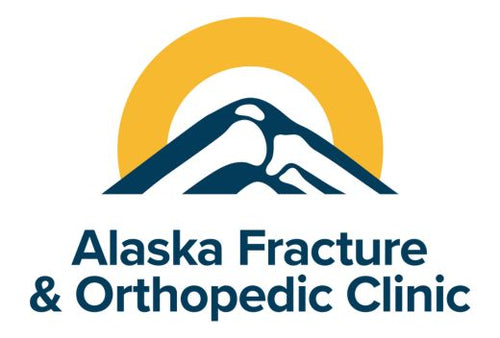If being strong enough to take hiking vacations well into retirement or keeping up with the grandkids aren’t reason enough for you to make regular exercise part of your life, maybe some jaw-dropping statistics will be.
According to experts, we begin losing muscle mass as early as in our 30s, after only three decades of watching those muscles grow bigger and stronger.
As part of that decline, we lose not only muscle mass – as much as 3 to 5 percent per decade – but also function, so activities that weren’t risky in your 20s could make you more prone to injuries in your 30s and beyond.
But losing muscle mass could be more than just an inevitable part of aging.
It could be a condition known as age-related sarcopenia, which in Greek translates to “poverty of the flesh.”
What is sarcopenia?
The symptoms of sarcopenia include weakness and loss of stamina, both of which can impact your ability to participate in certain physical activities, which inevitably exacerbates the problem.
Oliver Wendell Holmes had it right when he said, “Men do not quit playing because they grow old; they grow old because they quit playing.”
If you don’t use it, you lose it, and because muscle loss leads to instability, muscles aren’t strong enough to offer adequate support, putting the entire body more at risk of injury.
Perhaps the worst impact of age-related sarcopenia is a loss of mobility, which becomes more of a problem between the ages of 65 and 80, and is the reason behind the majority of falls and the associated fractures that can come along with.
Exercise is vital
There are several reasons why we experience muscle loss. Stress, overtraining and a lack of sleep can all contribute to the problem. But if that muscle loss is the result of sarcopenia, exercise is the most effective treatment, no matter how old you are.
According to a study from researchers at the University of Oklahoma, men between the ages of 35 and 50 who followed an eight-week exercise program built the same amount of muscle as those between 18 and 22 who were following the same program.
Strength training by lifting weights and resistance training (using bands or the weight of one’s own body to build muscle) are both effective at helping to not only treat sarcopenia, but also to prevent it.
But here’s the rub. Even the most physically active people can be at risk of developing sarcopenia, because there are factors beyond exercise that contribute to the problem.
Exercise – or lack thereof – not always the issue
There are many factors beyond skipping exercise sessions that can contribute to sarcopenia, including changes in hormone levels and an inadequate intake of protein, especially as it becomes more difficult for the body to process and use dietary proteins.
In addition, the nerve cells that signal muscles to move decline with age, impacting range of motion and increasing muscle loss.
While resistance training builds muscle, it also has an impact on hormone levels and protein synthesis, so it’s an excellent antidote for sarcopenia. But there’s more to the story.
Nutrients play a big role
We’ve all heard the adage “we are what we eat,” and it couldn’t be truer than when it comes to building and retaining muscle mass.
Without the proper nutritional intake, our muscles don’t have adequate fuel for even everyday tasks, so they attack themselves to get the nutrients they need to function.
Protein helps prevent muscle loss because it is packed with vital amino acids, which help repair muscle after exercise, a move that strengthens them and helps keep them resilient and strong.
Because muscles begin synthesizing protein differently as we age – or if we develop sarcopenia – we need to take in not only more protein, but different protein, especially proteins that digest quickly. Proteins that reach the body sooner are able to heal muscles more quickly after exercise, reducing the risk of loss.
Branched-chain amino acids are especially important because they serve as a source of energy, so the body doesn’t have to rob muscle for fuel if you find yourself tapped out during a hike, run or for that matter, a day-long shopping trip to the mall.
Because nutrients play such a vital role in the prevention of sarcopenia, MEND is expanding its line to include the new MEND Regenerate, which specifically addresses the nutrients required to help keep muscles strong and healthy, no matter your age.



